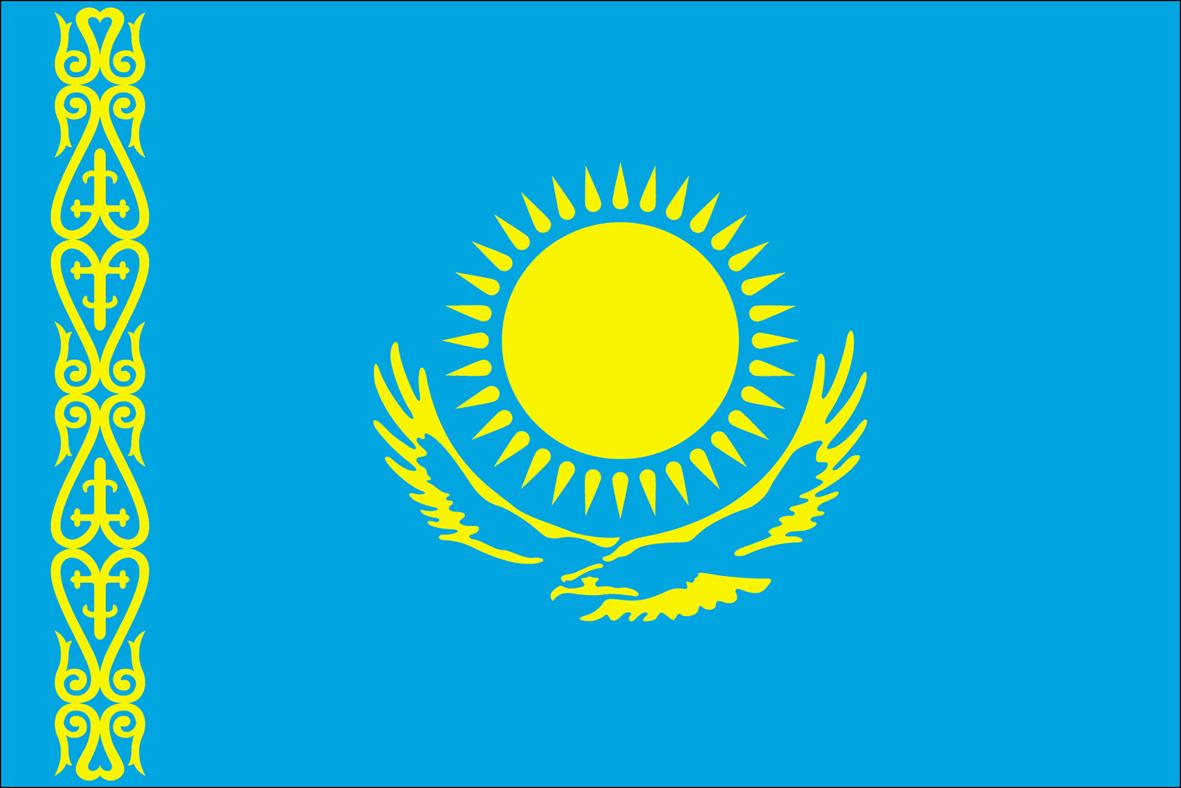Buddhism in the Himalaya, its expansion and the present-day aspects
According to textual sources, Buddhism was introduced in Nepal during the Buddha’s lifetime, and there is some probability that the Buddha himself visited Kathmandu valley. A Nepalese chronicle states that during his sojourn in Nepal in the 3rd century BC, the Mauryan Emperor Ashoka also passed through Kathmandu valley. During the following centuries, several Great Buddhist Masters visited Kathmandu valley and contributed to the diffusion and development of the religion, such as Vasubandhu (5th century AD), Santarakshita, Padmasambhava (8th century AD), Atisha Dipamkara Srijnana and Milarepa (11th century AD). Nowadays, there are three types of Buddhism in Nepal: Theravada, Tibetan Vajrayana Buddhism and Newar Vajrayana Buddhism. Eminent lamas have established monasteries in the Himalayan region, which has become a very important centre for Tibetan Buddhism. However, there is a danger that traditional Buddhism in the Kathmandu valley, which is practiced by the Newar people, might disappear.




